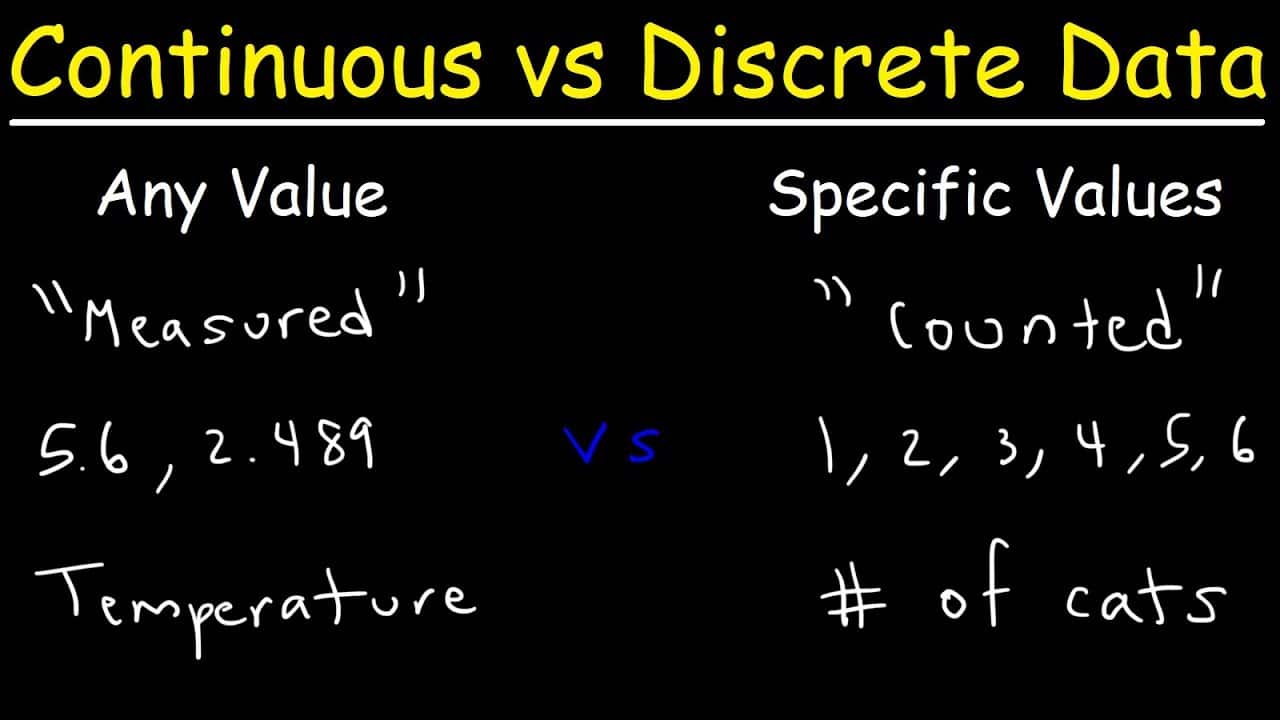Discrete data refers to data that can only take certain (discrete) values. It is a type of data classification used to distinguish one value from another within a dataset.
Discrete data is often used in computer programming, particularly for algorithms that involve counting or sorting. Examples of discrete data types include integers, Booleans, strings, and enumerated values.
Discrete data must be finite and can also be either categorical or numerical. Categorical data is data that can be grouped into a finite set of classes and represents the type of an object or attribute, such as gender (male or female). Numerical discrete data includes integers, such as 0, 1, or 2, and can also include floating-point numbers or dates.
Discrete data is different from continuous data, which can take any number of values from an infinite range of values. A well-known example of this type of data is temperature.
In computing and cybersecurity, discrete data is used to make decisions by processing data compared to how continuous data is used for probability calculations.
Discrete data is important to understand in order to identify and track values and patterns from a larger dataset. It is used in areas such as telecommunications, medicine, engineering, and robotics. Understanding discrete data and how it can be manipulated is essential for programming and understanding data-driven decisions.






